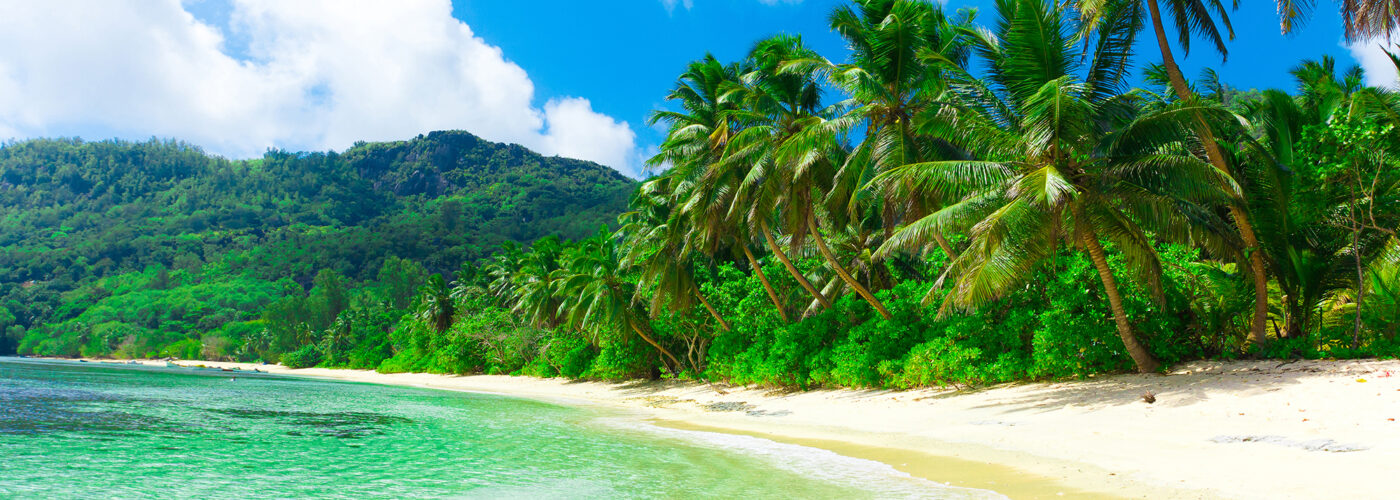Tropical vacations should be a time to unwind, and there’s nothing relaxing about extreme weather. By choosing the best beach vacations during hurricane season, you can lower your risk of trip interruption, emergency evacuations, or worse, and instead focus on fruity drinks and beach reading.
Unfortunately, the same elements that draw tourists to tropical destinations, namely the warm air and water, make many of these places prone to tropical storms and hurricanes. The Caribbean typically sees extreme weather during the summer and fall months, but there are alternative tropical destinations that are at lower risk for hurricanes and within a few hours of the Continental U.S. by plane.
The Best Beach Vacations During Hurricane Season
The ABC islands—Aruba, Bonaire, and Curacao—may be the best-known, low-hurricane-risk Caribbean islands, but there are more destinations in the Caribbean, Atlantic, and Pacific that offer summer and fall beach vacations with decreased chances of extreme weather. Some may still experience the daily rain showers of a summer wet season, but as the saying goes, if you don’t like the weather in the tropics, just wait 15 minutes.
In addition to a lower risk of extreme weather, many of these destinations offer lower prices that come along with summer or fall low seasons, giving vacationers the chance to benefit from better prices and good weather.
Trinidad and Tobago
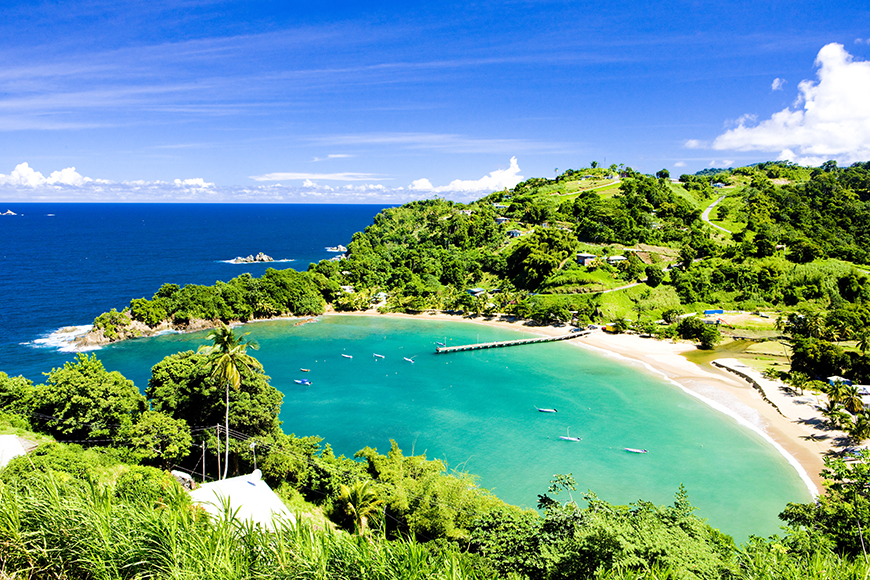
Like the ABCs, Trinidad and Tobago are located in the Caribbean but fall outside of the traditional hurricane belt, though summer and fall are the rainy seasons. However, from mid-September to mid-October, the islands experience the Petit Carême, which brings sunny days without rain.
Tobago is a relaxed tropical beach destination that isn’t as built up as many of the other Caribbean islands, and it runs on a slower, more relaxed “island time.” Trinidad, by contrast, is composed of crowded cities along the coast and a mountainous interior that attracts adventurers looking for hiking, kayaking, and caving opportunities.
Panama
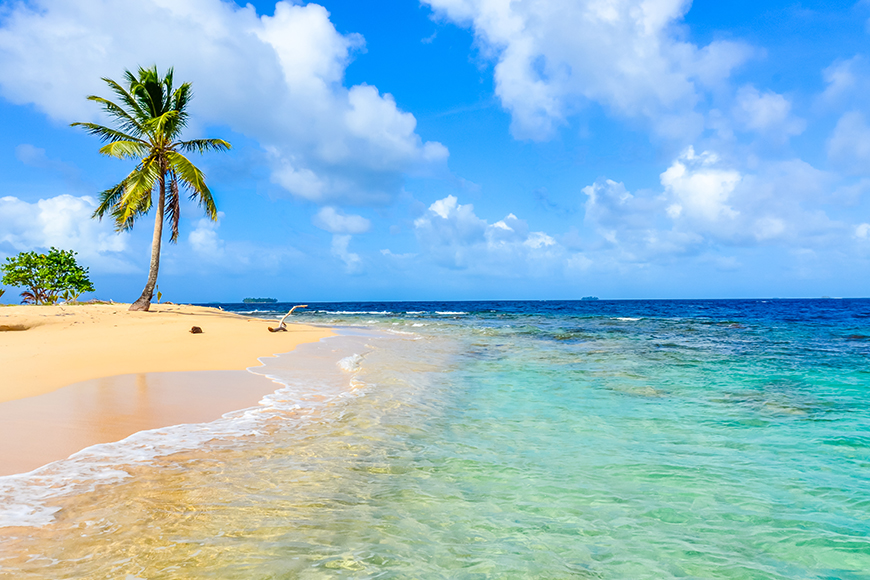
Unlike most of Central America, Panama sits just below the traditional hurricane belt. However, summer and fall are the wet, or “green,” seasons, when rain tends to fall for a few hours each afternoon. Panama has long stretches of coast on both the Pacific Ocean and Caribbean Sea, and is known for excellent snorkeling and diving. Ecotourism is another major draw, and American visitors will benefit from the convenience of an Eastern Standard Time zone and a U.S. dollar paper currency (though Panama mints its own coinage).
Azores
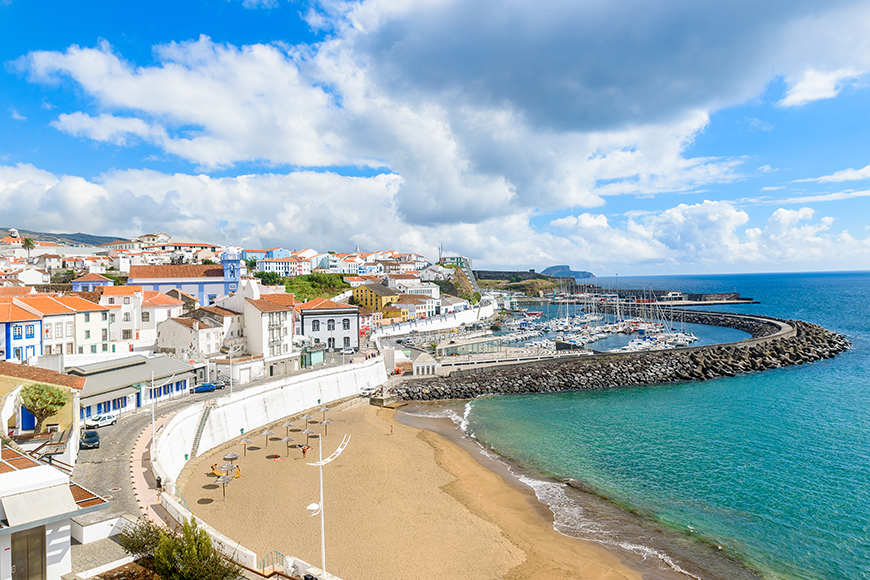
The Azores are a group of nine Portuguese islands located in the Atlantic about four hours by plane from the East Coast of the U.S. and two hours from mainland Portugal. They are shielded from hurricanes by cooler water, making the islands a lower-risk alternative to hurricane-season island travel. The Azores have a milder climate than Caribbean island destinations, with average August temperatures in the high 70s.
This semi-tropical archipelago isn’t a typical beach destination. Though visitors can find black sand beaches and swim in water heated by hot thermal pockets that mix with the cool ocean water, the Azores are a better fit for culturally adventurous travelers who also want to explore historical and outdoors attractions in addition to hitting the beach. The tourism infrastructure is geared more towards Europeans, and it’s a destination that hasn’t quite been discovered by Americans yet.
Hawaii
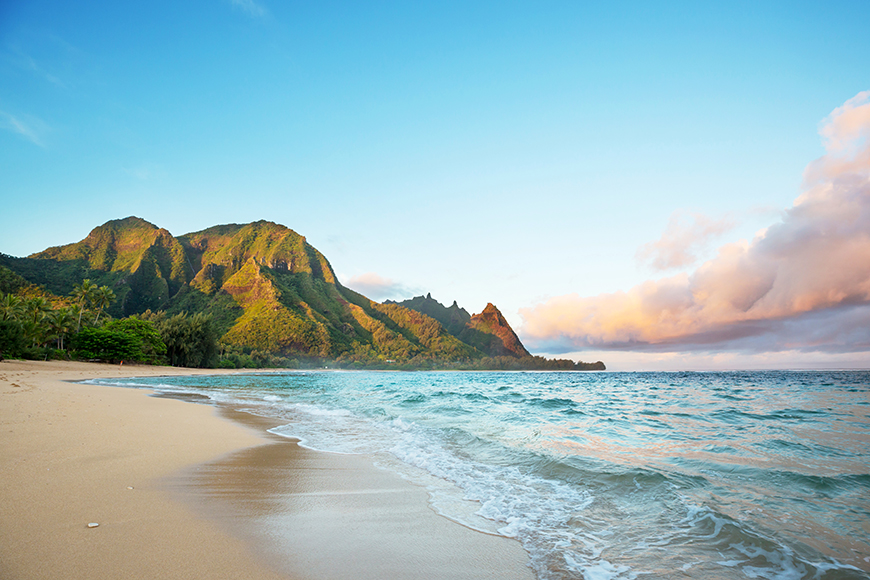
Though Pacific hurricane season does occasionally cause problems in Hawaii, the islands typically experience pleasant weather all year round.
Hawaii is a popular destination because it’s within the U.S., which means no passports or customs, and is particularly easy to get to from the West Coast. And though Hawaii has recently started to target visitors who will pay more for high-end accommodations and services, there are still reasonably priced accommodations to be found. Hawaii’s high season runs from June to August, but September brings low season, with reduced prices and better availability.
Mexico
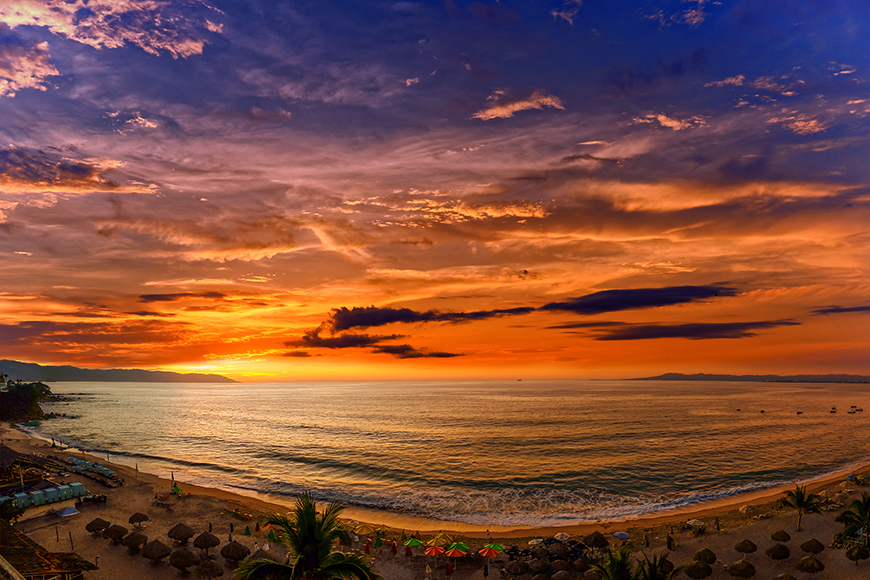
Though the Yucatan Peninsula and other parts of the Gulf of Mexico coast are affected by the North Atlantic hurricane season, the Pacific coast of Mexico can still be a good hurricane season choice. Popular beach destinations such as Puerto Vallarta, Mazatlan, Acapulco, Huatulco, and Ixtapa are all on the Pacific Coast. September is generally the low season, with better prices and fewer crowds, and October and November are a shoulder season with prices that fall below high-season rates.
More from SmarterTravel:
- Hurricanes and Travel: What Your Options Are When One Hits
- How to Buy Hurricane Travel Insurance
- 7 Things You Should Never Do in the Caribbean
Editor’s note: This story was originally published in 2008. It has been updated to reflect the most current information.
We hand-pick everything we recommend and select items through testing and reviews. Some products are sent to us free of charge with no incentive to offer a favorable review. We offer our unbiased opinions and do not accept compensation to review products. All items are in stock and prices are accurate at the time of publication. If you buy something through our links, we may earn a commission.
Related
Top Fares From
Today's Top Travel Deals
Brought to you by ShermansTravel
Peru: 8-Night Trip, Incl. Machu Picchu...
Great Value Vacations
 vacation
$2083+
vacation
$2083+
15-Night Transatlantic Cruise from New York...
Norwegian Cruise Line
 cruise
$928+
cruise
$928+
Shop and Save with Country Inns...
Patricia Magaña
 Hotel & Lodging Deals
Hotel & Lodging Deals
